#IBM PC
Explore tagged Tumblr posts
Text


Buildinga robot
3K notes
·
View notes
Text


IBM PS/1 Model 2121 (1992)
4K notes
·
View notes
Text
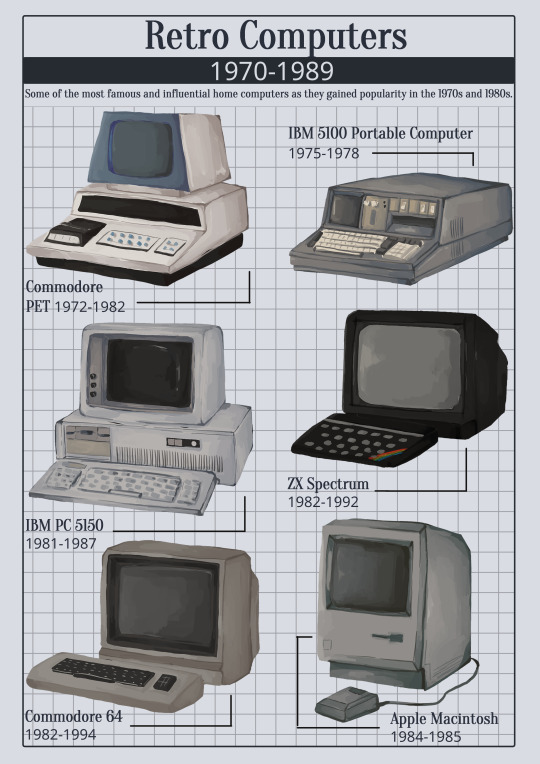
old computers print....i wanted to stick to the most famous and/or iconic ones for the most part but i wanted to include sooo many of my lesser known favourites
#retro tech#old computer#old computers#retro computing#retro computer#vintage computer#vintage tech#commodore 64#commodore pet#apple mac#ibm pc#ibm 5100#macintosh#zx spectrum#80s computer#80s computers
781 notes
·
View notes
Text

IBM 5140 Convertible laptop computer running Microsoft MS-DOS Version 5.00 1986 (x)
#IBM#IBM PC#1986#retro tech#old tech#retro computers#old computers#80s tech#techcore#chromecore#cybercore#vintage tech#laptop
448 notes
·
View notes
Text




PolType/Cyfronex
Polish PolType is a family of microcomputer systems developed by Polish engineers in close cooperation with the Polish representative of the British MonoType company (PolType was acquired by the Cyfronex company in 1986, but the original developers remained with the company).
PolType devices were able to control LaserComp and MonoType Imagesetter machines (Imagesetter produces the printing film from which the printing plate is made – nowadays the plate is made directly, and the film is not needed).
The first generation of Poltype (1988) required its own eight-bit computer, the next, Poltype 03 and 04, used a PC XT class computer.
The 510-key POLSET 04 keyboard (for PolType 04) shown in the first two pictures was also Cyronex's own development. This was also excellent for typing complex mathematical formulas, but through it, the functions of the SW were also available (the mouse and WYSIWYG were still in a very experimental stage at that time)
source:
• Tumbler // sailing the cylindrical sea
• Mikro Klan 1988/1
• Bajtek 1988/5
#poltype#cyfronex#DTP#poland#retrocomputing#retro computing#keyboard#80s#ibm pc#wysiwyg#retro tech#old tech#technology#vintage tech#tech#computer#electronics#hardware#80s computer
223 notes
·
View notes
Text

The Power of Two (Displays), featuring IBM and ThinkPads - The Forgotten King
VCF East XX
111 notes
·
View notes
Text
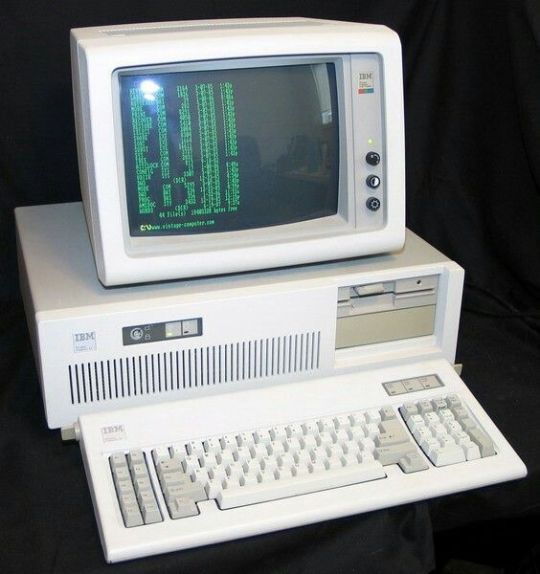
IBM PC/AT
522 notes
·
View notes
Text

Don't play portal at a young age fellas you will develop feelings towards robots and computers
116 notes
·
View notes
Text
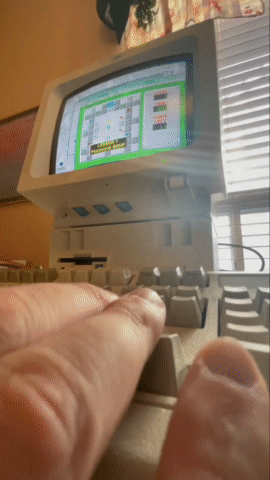
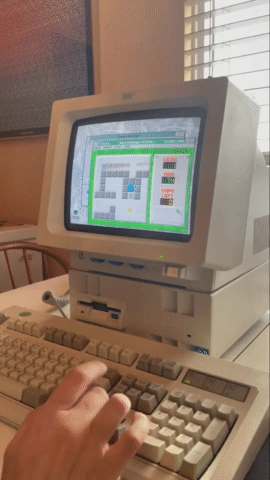
Retro IBM Windows 3.1 & Chip's Challenge
217 notes
·
View notes
Text

283 notes
·
View notes
Text

Hey chat-💥💥
337 notes
·
View notes
Text








The Green Bay show today was fantastic!
#retro gaming#retro tech#wisconsin#retro consoles#nintendo#old tv#sega#atari#atari jaguar#sega dreamcast#ibm pc#Wisconsin Computer Club#pc engine#Playstation 2#macintosh se#Apple#Commodore#sx 64#commodore sx64#Amiga#Amiga 500#Amiga 1200#texas instruments
50 notes
·
View notes
Text
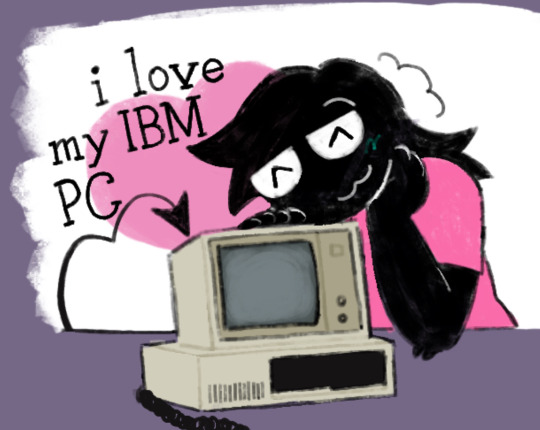


making everything about my oc ship as usual
#mixalicious#my art#robo guy belongs to phonification#hi oomf#objectum#objectum sexuality#ibm pc#mixers ocs#original character#lyrics r from video! - jeff lynne#cuz i miss electric dreams#robot lover#robotposting#robots#techum#techtum#robot oc#robophilia#robotphilia#bluh#sfw interaction only
58 notes
·
View notes
Text

another cropped wip from my old computer art book i'm hoping to finish early next month :)) the finalised version at full size will be used as a spot illustration as part of a larger page
#old computer#vintage computer#retro computers#ibm pc#80s computers#computers#old computers#vintage tech#1980s aesthetic#retro tech#old tech
296 notes
·
View notes
Text
*judges You epically*

27 notes
·
View notes
Text
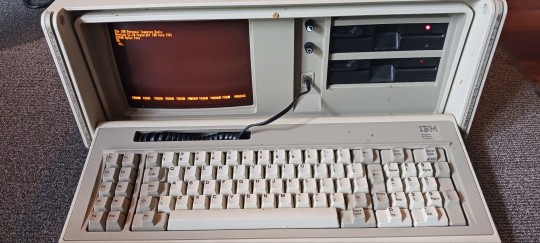
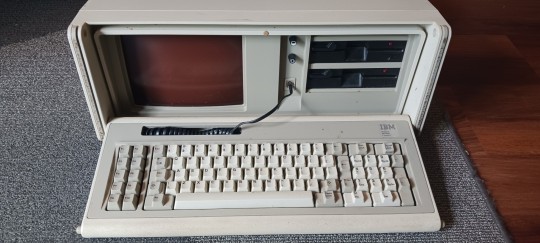

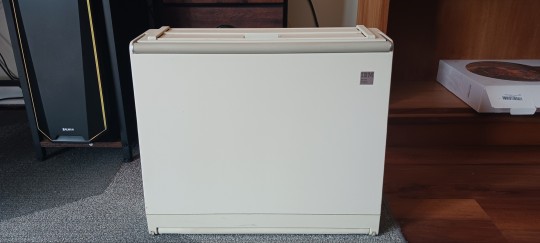

A bit out of the blue, but I have, through an odd series of events, obtained a 1984 IBM Portable Personal Computer
#computer#computers#retro#retro aesthetic#ibm#ibm pc#old computers#How do you have that#breakfastbaron
98 notes
·
View notes